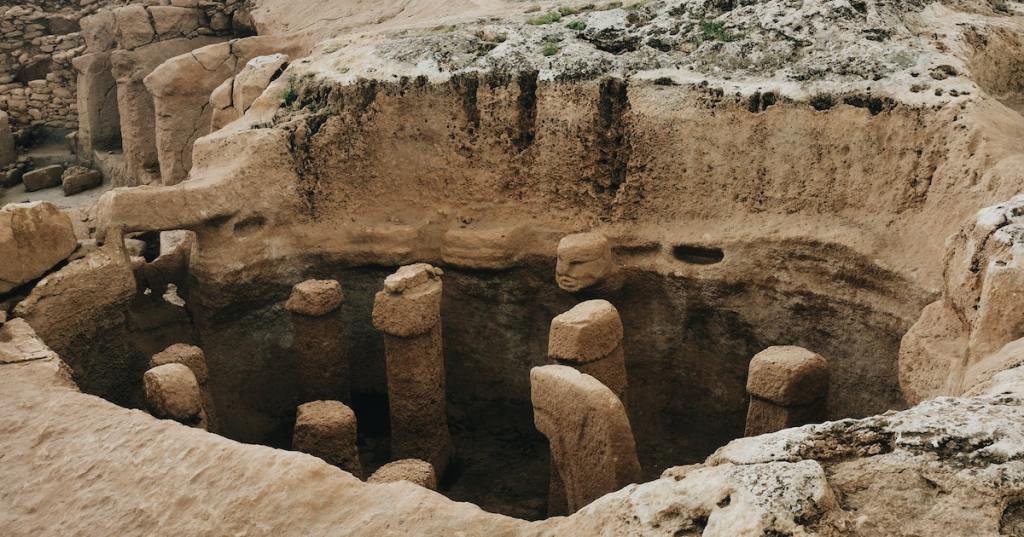Göbekli Tepe in southern Turkey is the world’s oldest known megalithic site, but its “sister site” of Karahan Tepe, discovered in 1997, shares many of the same stunning architectural features.
Karahan Tepe also challenges some of archeology’s fundamental beliefs.
Photo Credit: iStock
The word “tepe” means hill or summit in Turkish and refers to both sites that are located around the rocky Tektek Mountains. The Karahan Tepe’s ruins span an area of 3.4 million feet squared, approximately one-third the size, and are situated 27 miles east of Göbekli Tepe.
While Karahan Tepe is not yet fully excavated and its exact age is unknown, experts estimate the two areas were built around the same time, during the Pre-Pottery Neolithic period.
Photo Credit: iStock
Karahan Tepe has similar pillar features, special structures, obelisks, and ornate animal sculptures to her “sister site.” According to an additional study, archeologists have discovered 274 architectural artifacts there, with at least 266 pillars still standing. Some have retained their intricate designs of snakes and human faces.
Perhaps the most important connection these two sites share is their age. Both were created during the Neolithic age (between 9600 and 8200 BCE) but it’s widely thought that humans didn’t create such complicated structures until after the first agricultural revolution. During this period, only 10,000 to 12,000 years ago, humans were believed to live in small gatherings as they learned to domesticate plants and animals.
Until recently, Göbekli Tepe was considered an anomaly in this timeline. However, with the discovery of Karahan Tepe, it may be time to review our chronology. By definition, there can’t be two one-offs.
